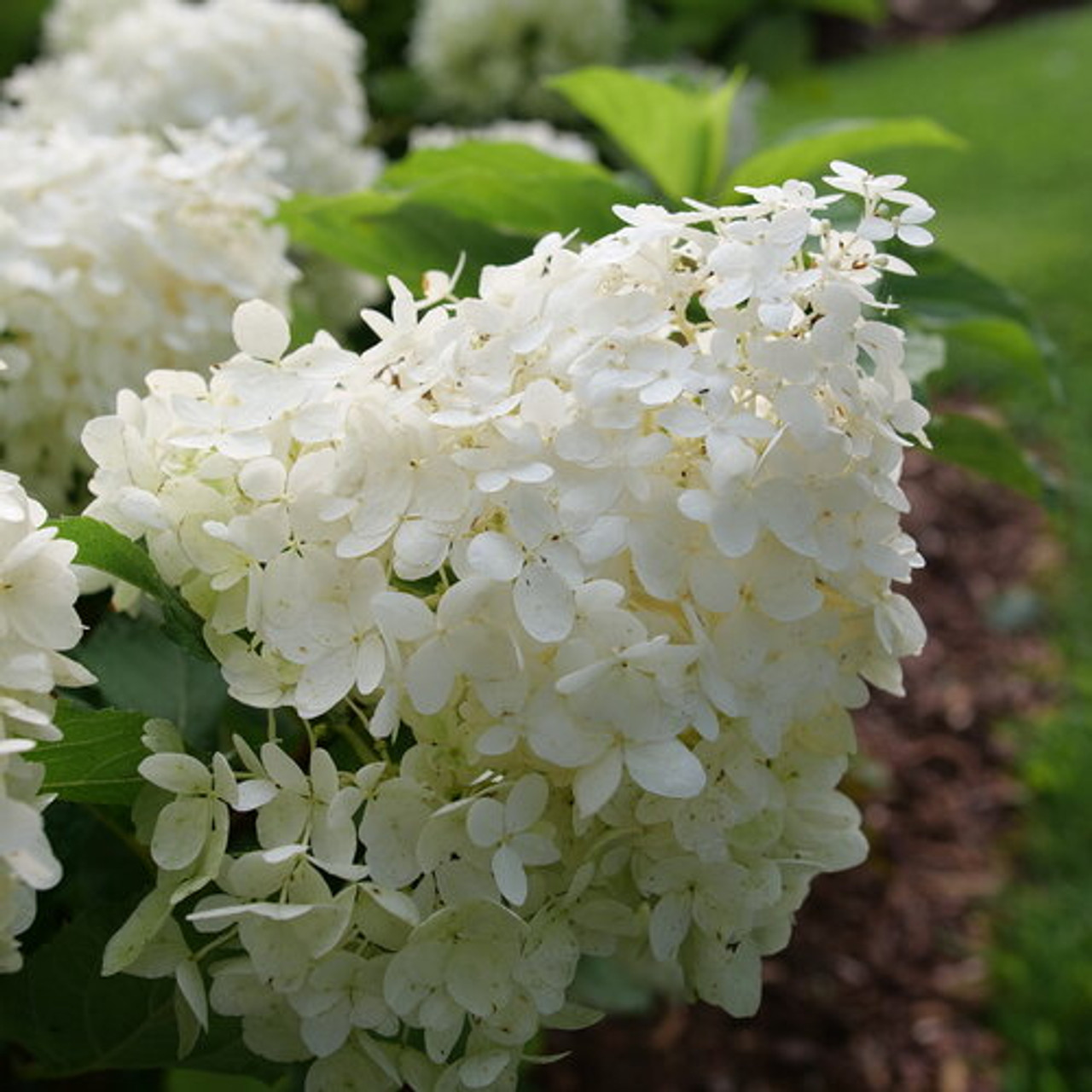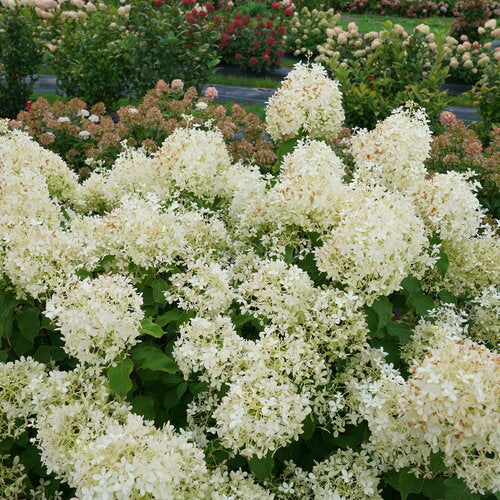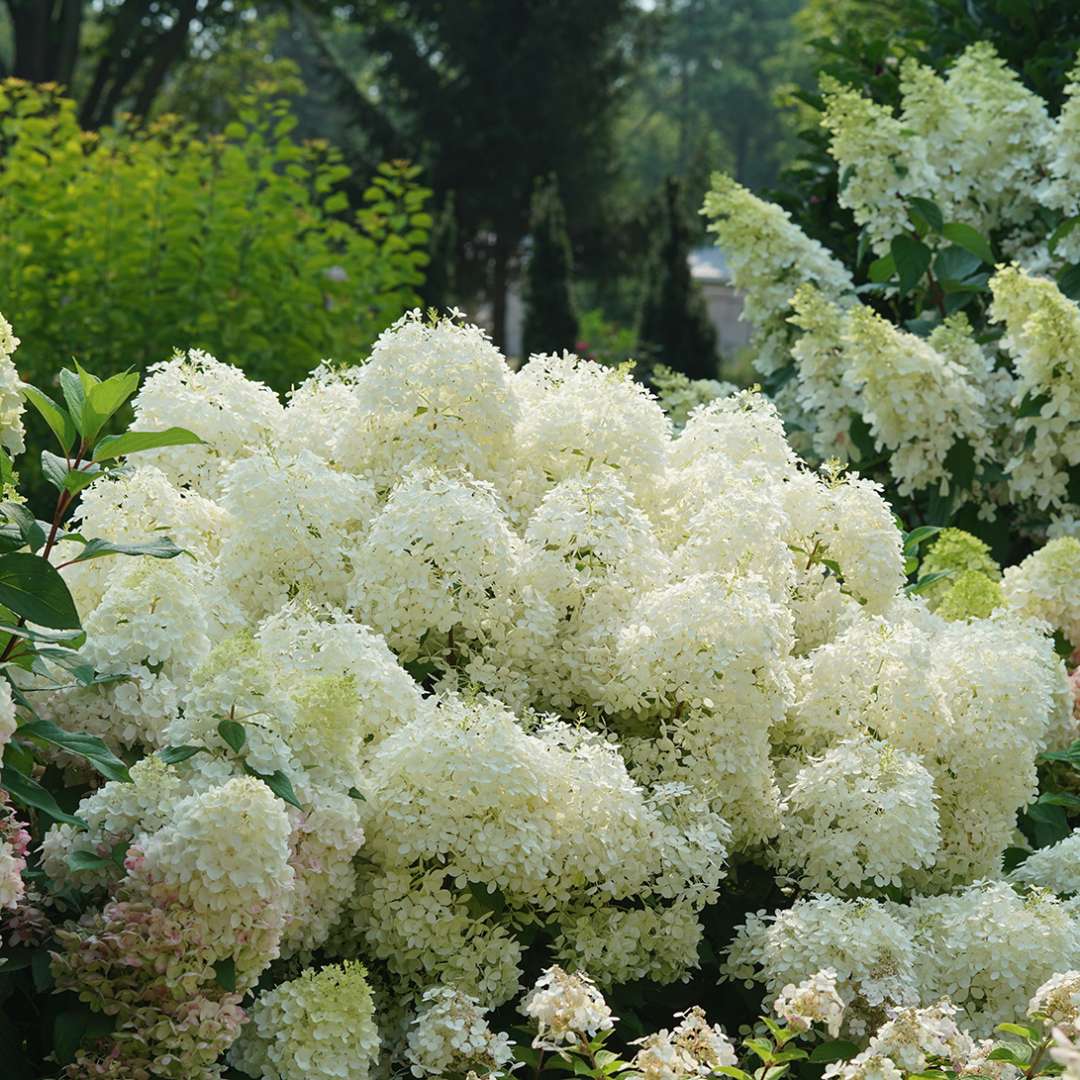Pufferfish Hydrangea: The Quirky Plant That's Sure To Turn Heads
Pufferfish Hydrangea is a unique and eye-catching plant that is sure to turn heads. With its distinctive pufferfish-shaped blooms, this plant is sure to add a touch of whimsy to any garden.
Pufferfish Hydrangea is a relatively new plant, having only been introduced to the market in the early 2000s. It is a hybrid of two other hydrangeas, H. macrophylla and H. serrata. The result is a plant that has the best qualities of both parents.
Pufferfish Hydrangea is a deciduous shrub that grows to be about 3-4 feet tall and wide. It has dark green leaves that are arranged in an opposite fashion. In the spring, the plant produces clusters of small, white flowers. As the flowers mature, they turn a bright pink or red color. The flowers are held on long stalks that rise above the foliage, giving the plant a pom-pom-like appearance.
Pufferfish Hydrangea is a relatively easy plant to care for. It prefers full sun to partial shade and moist, well-drained soil. It is hardy in USDA zones 5-9.
To keep your Pufferfish Hydrangea healthy, water it regularly, especially during hot, dry weather. Fertilize it once a month during the growing season with a balanced fertilizer. In the fall, prune the plant back to about half its size to encourage new growth the following spring.
Pufferfish Hydrangea is a relatively pest- and disease-free plant. However, it can be susceptible to powdery mildew if the leaves are kept too wet. If you see powdery mildew on your plant, treat it with a fungicide according to the directions on the label.
Pufferfish Hydrangea is a unique and beautiful plant that is sure to add interest to any garden. If you are looking for a plant that is both eye-catching and easy to care for, Pufferfish Hydrangea is a great option.
Here are some additional insights and updates about Pufferfish Hydrangea:
- Pufferfish Hydrangea is a relatively new plant, so there is still some research being done on its care and propagation. However, it is generally considered to be a hardy and easy-to-grow plant.
- Pufferfish Hydrangea is a good choice for gardeners who live in USDA zones 5-9. It can tolerate a wide range of temperatures and soil conditions.
- Pufferfish Hydrangea is a relatively low-maintenance plant. It only needs to be watered regularly and fertilized once a month during the growing season.
- Pufferfish Hydrangea is not as susceptible to pests and diseases as some other hydrangeas. However, it can be susceptible to powdery mildew if the leaves are kept too wet.
- Pufferfish Hydrangea is a relatively fast-growing plant. It can reach a mature height of 3-4 feet in just a few years.
- Pufferfish Hydrangea is a relatively long-lived plant. It can live for many years with proper care.
If you are interested in adding a Pufferfish Hydrangea to your garden, here are a few tips for finding and buying one:
- Look for a reputable nursery or garden center that sells Pufferfish Hydrangea.
- Ask the nursery staff about the plant's care requirements and hardiness zone.
- Choose a plant that is healthy and free of pests or diseases.
- Plant your Pufferfish Hydrangea in a location that receives full sun to partial shade.
- Water your plant regularly, especially during hot, dry weather.
- Fertilize your plant once a month during the growing season.
- Prune your plant back in the fall to encourage new growth the following spring.
With proper care, your Pufferfish Hydrangea will be sure to add beauty and interest to your garden for many years to come.
Have you ever seen a hydrangea that looks like a pufferfish? If not, you need to check out the Pufferfish Hydrangea! This unique plant is known for its large, fluffy blooms that resemble the puffed-up bodies of pufferfish. The flowers are white when they first open, but they gradually turn green as they mature. In the fall, they can even turn a light pink color.
The Pufferfish Hydrangea is a relatively easy plant to care for. It prefers full sun to partial shade and well-drained soil. It is also drought tolerant, once it is established. If you are looking for a beautiful and low-maintenance hydrangea, the Pufferfish Hydrangea is a great option.
To learn more about the Pufferfish Hydrangea, visit . This website has a wealth of information about the plant, including care tips, planting instructions, and photos. You can also find a list of retailers where you can buy the plant.
FAQ of pufferfish hydrangea
Q: What are the characteristics of pufferfish hydrangea?
A: Pufferfish hydrangea is a type of hydrangea that has a unique appearance. The flowers are shaped like pufferfish, and they come in a variety of colors, including white, pink, and blue. Pufferfish hydrangeas are hardy in USDA zones 3-8 and can grow to be 3-5 feet tall and wide. They prefer full sun to partial shade and moist, well-drained soil. Pufferfish hydrangeas are relatively easy to care for and are known for their long blooming period, which can last from summer to fall.
Q: Where can I buy pufferfish hydrangea?
A: Pufferfish hydrangeas are available at most garden centers and online retailers. When choosing a pufferfish hydrangea, it is important to select a plant that is healthy and free of pests or diseases. It is also important to choose a plant that is the right size for the space you have available.
Q: How do I care for pufferfish hydrangea?
A: Pufferfish hydrangeas are relatively easy to care for. They need full sun to partial shade and moist, well-drained soil. They should be watered regularly, especially during hot, dry weather. Pufferfish hydrangeas should be fertilized in the spring with a balanced fertilizer. They should be pruned in the late winter or early spring to remove dead or damaged branches.
Q: What are some common problems with pufferfish hydrangea?
A: Some common problems with pufferfish hydrangea include:
- Leaf spot: This is a fungal disease that can cause leaves to turn brown and fall off. It can be treated with a fungicide.
- Powdery mildew: This is another fungal disease that can cause leaves to become covered in a white powdery substance. It can be treated with a fungicide.
- Aphids: These small insects can suck the sap from leaves, causing them to wilt and turn yellow. They can be controlled with insecticidal soap or neem oil.
- Scale insects: These small insects can attach themselves to leaves and stems, sucking the sap. They can be controlled with insecticidal soap or neem oil.
Q: How can I propagate pufferfish hydrangea?
A: Pufferfish hydrangea can be propagated by softwood cuttings in the spring or summer. To take a softwood cutting, make a clean cut with a sharp knife or shears from a healthy, new growth stem. The cutting should be about 4-6 inches long and have at least 3-4 leaves. Remove the bottom leaves and dip the cutting in rooting hormone. Plant the cutting in a well-draining potting mix and keep the soil moist. The cutting should root in about 4-6 weeks.
Image of pufferfish hydrangea
5 different images of "pufferfish hydrangea" from Pinterest:
- A close-up of a pufferfish hydrangea flower, showing its delicate petals and bright pink color.

- A full bouquet of pufferfish hydrangeas, arranged in a vase. The flowers are a mix of pink, purple, and blue.

- A pufferfish hydrangea plant in a pot, sitting on a windowsill. The plant is covered in flowers of various colors.

- A landscape photo of a garden with pufferfish hydrangeas in bloom. The flowers are surrounded by other plants and trees.

- A close-up of a pufferfish hydrangea bud, just about to bloom. The bud is a deep pink color and is covered in a layer of fuzzy hairs.

Post a Comment for "Pufferfish Hydrangea: The Quirky Plant That's Sure To Turn Heads"